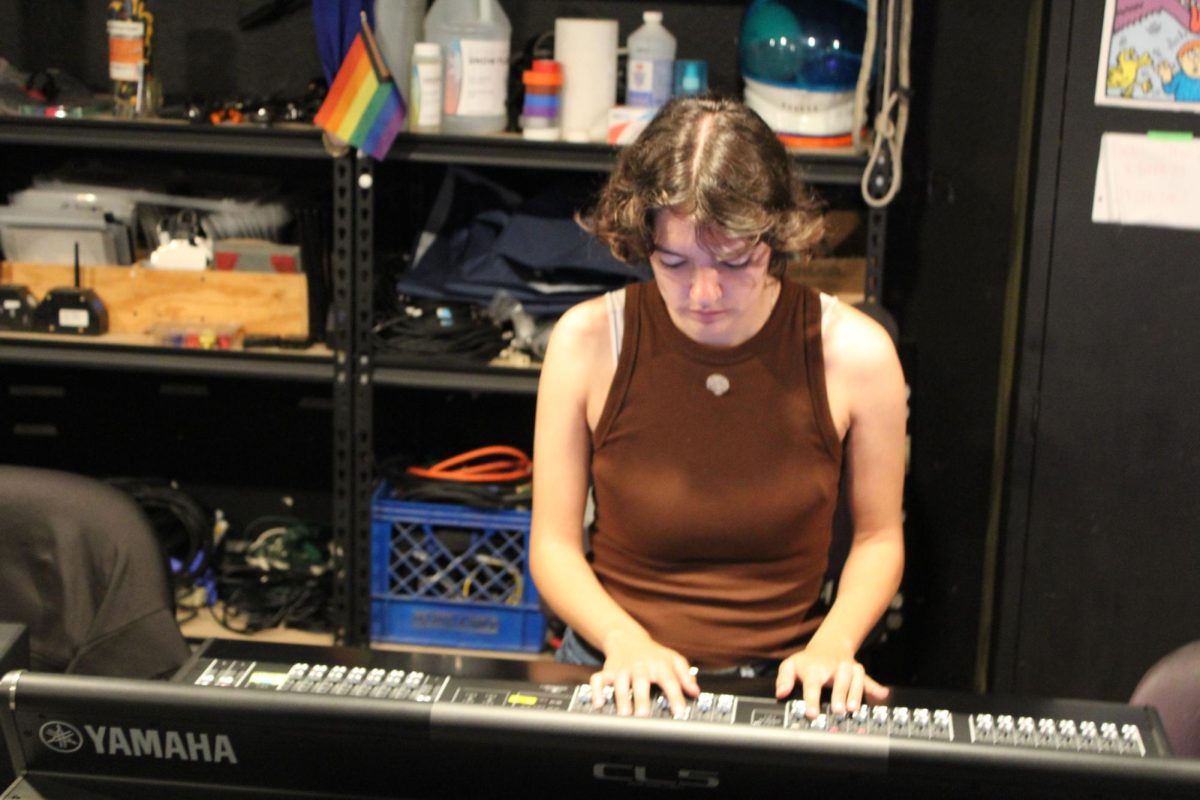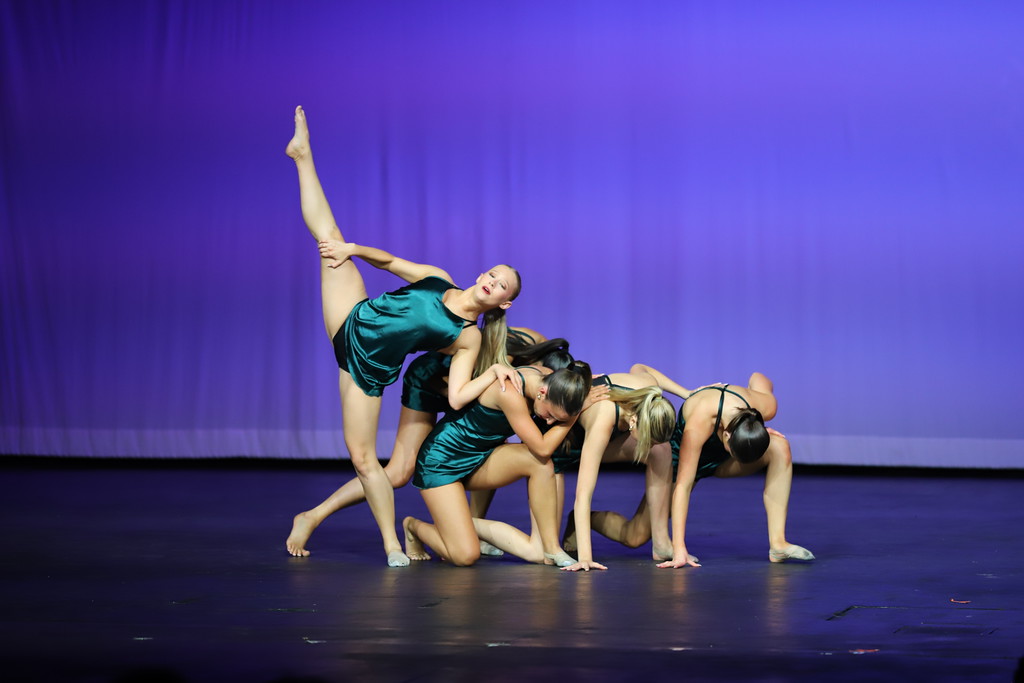Adriana Ballesteros (11) began rowing her freshman year, after not having much exposure to the sport previously. Her devotion to rowing was cemented one night, out on the waters of Mission Bay. Her practice took place right as a SeaWorld firework show was going off overhead.
“The water [that day] was like crystals— it was super clear, ” Ballesteros said. “[My rowing team] had a really good practice, and you could see the reflections of the fireworks going off in the water.”
Ballesteros knew, even though this was her first season with the team, that from that moment on, she never wanted her life as a rower to end. She said the environment that the sport takes place in is a huge draw for her, and is one of the reasons she loves the sport so much.
“It’s just such a beautiful place,” Ballesteros said. “ You get to see the sunsets over the water every single night.”
Despite the beauty, Ballesteros said that it’s an intense lifestyle: two-and-a-half-hour practices that run six days a week, for most of the year. Even in the summer, rowers are expected to continue practicing.
“We don’t really have a true off-season, like rowers in the East Coast do because of ice,” Ballesteros said. “In the summer, we don’t have traditional practice, but there are camps you are expected to go to and, of course, you are expected to practice by yourself.”
Overall, Ballesteros said that rowing takes up about 15 hours of her week. Despite the heavy time commitment, she says that moments such as that night out on the bay make it all worth it.
Rowing is a sport composed of multiple events, similar to track and field. At Ballesteros’s level, the races are mostly 2000m; however, the types of boats and the number of people in them can fluctuate depending on the event. Ballesteros competes in an eight-person boat, holding one oar, which is called rowing sweep. as opposed to rowing scull, which requires her to handle two oars. In addition to the eight holding the oars in the body of the boat, there is a ninth person who sits in the back of the boat to steer and call the strokes, called a coxswain.
This teammate helps keep the rowers in-sync. Synchronization is one of the most important aspects of rowing well, according to Ballesteros.
“Rhythm is one of the most key factors,” Ballesteros said. “You have to match up with the person in front of you; there’s a very methodical way that we go through a stroke. I like to think of it as ballet because it’s very rhythmic and very flowy. When you have a lot of cohesiveness in the strokes you are taking, you can just feel it working really well,” Ballesteros said. “ It’s just a very responsive thing. The boat will let you know what’s going on.”
Because of the emphasis on cohesiveness, Ballesteros’ team has become extremely close, one of the reasons she loves the sport so much.
“I’ve made some of my closest friends on the team, like the girls I went to nationals with, whom I’m super close to,” Ballesteros said. “[Rowing] has such a heavy focus on collaboration—being able to get along and have meaningful discussions on how you can improve individually and as a group—that it really helps you better yourself as a person.”
In addition to the sense of community rowing fosters, it also acts as a stress reliever for Ballesteros, despite it taking away time from school or other activities.
“I’ve turned to exercise as a way to escape my problems,” Ballesteros said. I think I’d go a little crazy if I didn’t row as much as I do. Every time you get tired of it and feel that this is so much time and effort, you have a really good practice and then are like: I just can’t leave
Ballesteros rows at high level, finds rhythm on the water
Aspen Cotton, Editor in Chief
October 26, 2023
0
More to Discover
About the Contributor

Aspen Cotton, Editor in Chief
Aspen Cotton (12) is in their fourth year in the Nexus and loves to write (duh) and paint in their spare time! They also love giving fist bumps!




